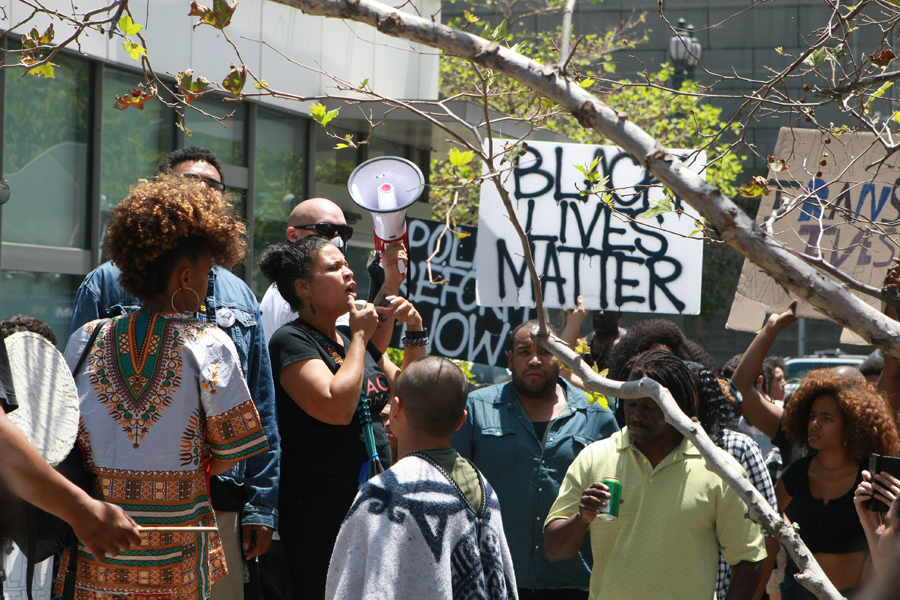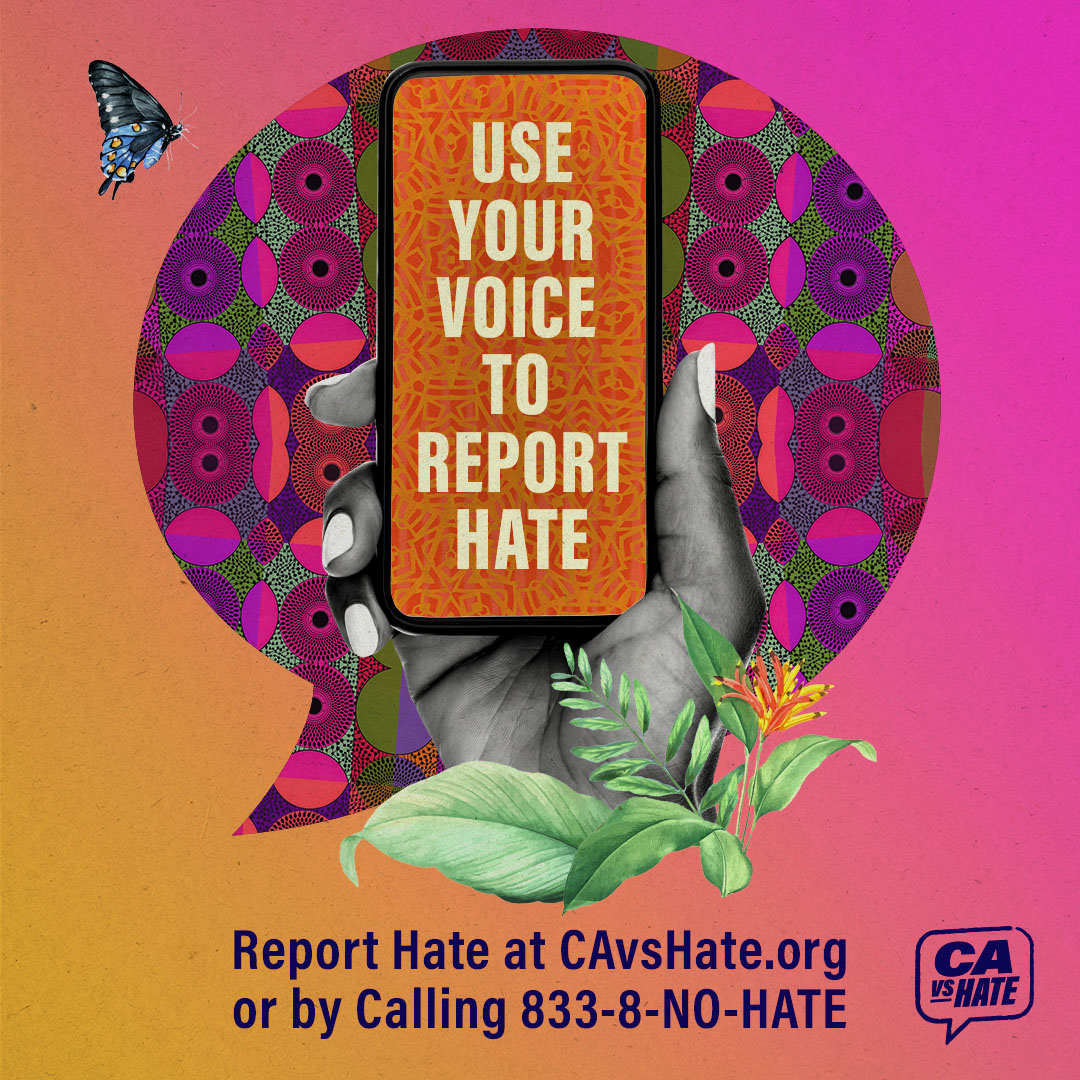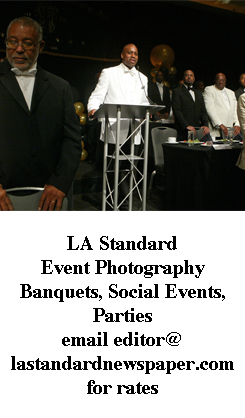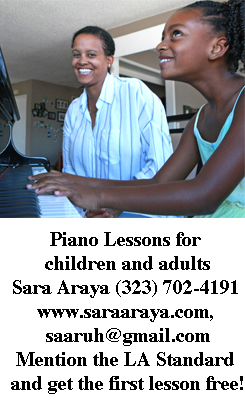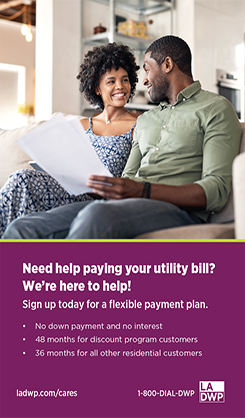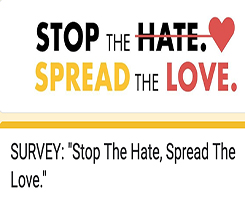Donald Trump won the election and is in office, so many people have questioned the purpose of protesting.
By Jason Lewis
People across the country gathered in protest on the day that Donald Trump was sworn in as the President of the United States. A day later, millions of women held massive protests in major cities around the nation.
As upset as many Americans were over the beginning of Trump’s presidency, there was no stopping it. Holding signs, chanting, or showing frustration in various manners was not going to change the fact that Trump was sworn in as president. That led many people to question what was the purpose of protesting at that point. The battle had been lost.
While those demonstrations could not force Trump out of office, the protests gave certain groups a way to show their anger of potentially losing certain civil rights that were fought hard to obtain.
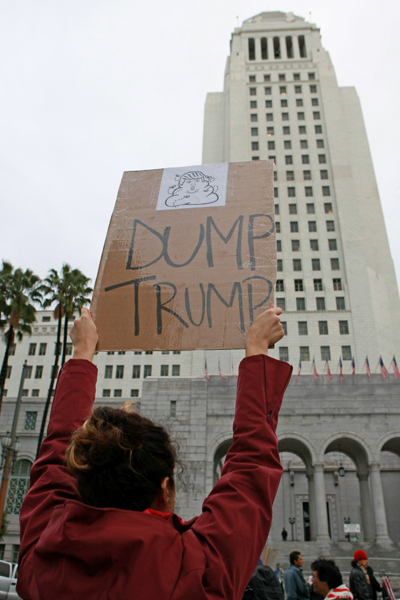
“The protests are part shock, part anger, and part realization that Trump and the GOP are now firmly in the saddle and pose the mortal danger of rolling back any and every gain made during the last 60 years in education, civil rights, voting rights, women’s empowerment, LGBT rights, police misconduct, criminal justice system reform, and immigration,” author and activist Earl Ofari Hutchinson said. “And most importantly a Supreme Court of the United States that could implement a dominant conservative agenda in law and public policy in the country for years, maybe even decades, to come.”
The initial protests were not so much about Trump’s actions as president, because he had not made any decisions at that point. The demonstrations were more to show a strong resistance to Trump’s ideology, which has many minority groups and women fearing that they could lose rights that were gained through decades of fighting for.
Since the protests of Trump’s first few days in office, the president has made decisions that have led people to take the protests to airports around the country. The travel ban gave people a concrete issue to speak out about, and people showed strong emotions against Trump’s actions.
Now that there are policies that are being put in place, and people have actions to protest against, the question is whether or not these demonstrations have any power to create change.
In 1963, Civil Rights leader Dr. Martin Luther King Jr. wrote a letter about the power of protest when he was in a Birmingham, Alabama, jail cell. A passage from his letter said:
“You may well ask: ‘Why direct action? Why sit ins, marches and so forth? Isn't negotiation a better path?’ You are quite right in calling for negotiation. Indeed, this is the very purpose of direct action. Nonviolent direct action seeks to create such a crisis and foster such a tension that a community which has constantly refused to negotiate is forced to confront the issue. It seeks so to dramatize the issue that it can no longer be ignored.
“The purpose of our direct action program is to create a situation so crisis packed that it will inevitably open the door to negotiation.”
Misty Wilks, a long-time community activist in South Los Angeles, spoke about how protest can influence policy makers when she was interviewed by The Standard in August of 2016 for an article titled “Bridging the game between the community and the LAPD.”
Wilks has organized and participated in many protests over the years, with a number of them being in Leimert Park. As she has matured, she has spent more of her time making a difference by sitting down with politicians in neighborhood council meetings than protesting.
“We can get the mayor and the chief of police to a meeting,” she said. “I can get them on tape, or get them in a room of people and get them to make promises, or get them to form a committee to research something. Change may not happen immediately, but it’s an effective way to make change in the institution at the same time that the protests are going on in the street.”
While Wilks is more likely to attend meetings today, she believes that protesting is just as important.
“I don’t think that it’s one or the other,” she said. “I think it’s both things together. I think you have to have the two. You have to have the people who are protesting to support those of us who are engaging on a different level. Like, I can say ‘look (politicians), you see those people (protesters) in the park, you better take care of this issue.’”
Like Dr. King allluded to, protesting creates a tension surrounding an issue that many people have refused to deal with. Because the issues are now getting national attention, they can no longer be ignored.
“No matter how explosive our meetings get, it’s not going to make global news,” Wilks said. “When you start tearing something up, that’s what makes worldwide news. So you need both. You need protesting in the streets, and you need people protesting in the meeting. What they’re doing in the street lets the politicians know that what I’m telling them in the meeting is serious. They need to handle this (issue) so that they can get that (protesters) under control.”
The recent protests have certainly captured the attention of politicians, but Hutchinson does not believe that simply showing up with signs and being vocal about the issues will be enough to create change.
“Simply shouting, screaming and marching, no matter how many thousands turn out, without the sustained focused plan and leadership is ultimately meaningless,” he said. “This is the only way to hold politicians accountable and force them to act.”
Hutchinson suggests that civil rights and women’s organizations put out the phone numbers, emails, and addresses of congressional Democrats, and direct people call them to oppose Trump’s cabinet nominees. He also believes that change can happen through voting.
“There has to be a strategic view toward registering, educating, engaging and mobilizing voters to win congressional seats in vulnerable up for grabs districts in 2018,” he said. “If there’s a sustained plan to do this, it could result in thousands more angered engaged voters turning out in 2018 for the Democrats, and that could result in a significant congressional swing.”
In addition to an increase in voter turnout, more people joining the political process can also help. The protests around the nation have caused many people to pay more attention to politics, and some people are getting more involved. According to a Newsday article, many women of color are beginning the process to run for public offices, such as city councils, state offices, and even Congress.
According to the Newsday article, VoteRunLead director Erin Vilardi said the group has seen a jump in the number of women interested in politics. The Duluth, Minnesota-based group typically draws 50 to 100 participants for webinars like "From Protester to Politician." But since November, the webinars have attracted more than 1,000 participants each time, Vilardi said. And about half of those signing up are women of color.
While many people will continue to question the effectiveness of protesting, there is no denying that these demonstrations have brought awareness to these issues, and the heightened awareness had led more people to enter the political arena on many different levels.
Read Hutchinson’s political articles at www.thehutchinsonreportnews.com


